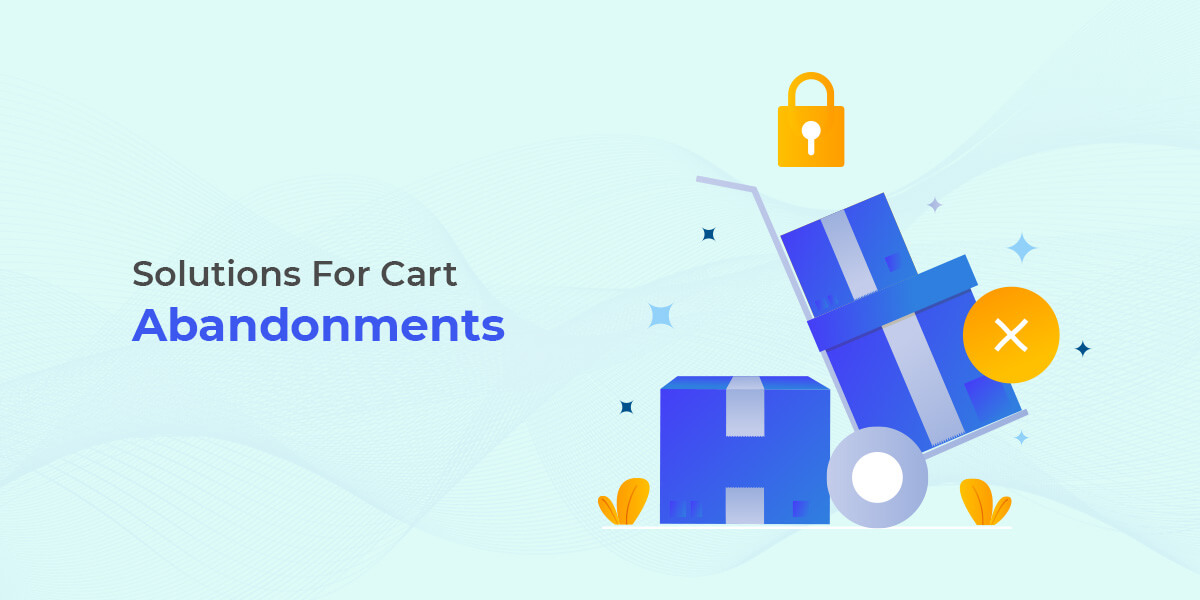Every online retailer needs deep seated knowledge regarding customer behaviors or else he will endure the same fate as other ecommerce business owners who fail to achieve the optimum level of sales through their online presence. Understanding customer behavior is a crucial part of business analytics, because selling something right into the hands of the customer is different, but convincing the customer to invest his time and effort on an online store is completely another thing.
Customer Speaks for Itself
The statistics produced by the Director Marketing Association reveal that more than 65% of new customers tend to abandon their shopping carts and forget it ever happened. Shopping cart abandonment is the prime cause of conversion rate annihilation and it is largely attributed to the failed understanding of the retailer on customer behavior.
Business owners often burn their time and efforts in attempts to remove the trivial bit of factors that give away only small percentage conversions rates such as color schemes, mal designed web forms, difficult web addresses and font size, while the important factors get overlooked.
Exploring the Factors that Lead to Conversion Kills and Abandonments
To uproot the conversion killers from your store, you need to identify the factors that thwart the customer’s voyage to the final transaction. For instance, expensive items are too sensitive for online shoppers to handle and often result in cart abandonment as consumers normally top up their baskets for creating a wish list. Sometimes, it is just window-shopping that costs a lot to the retailers. You must recognize these major factors in order to eradicate the elements that contribute in losing the larger percentage of conversion rates and ROI. Below are some statistics that show the top reasons for shopping cart abandonments. You can view the complete infographic here.
1. Overly Burdening Shipping Costs
A couple of studies revealed that shipping can be a major buzz kill if it does not please the customer. A report from ComScore showed that 61% customers are likely to scrap their entire cart if free shipping is not offered. Another report from PayPal concluded that 43% of shoppers were dissatisfied with the high shipping costs and would not dare visit the site again.
As a token of appreciation for your countrywide traffic you must allow free shipping, but free international shipping is really out of the question. Instead of ensnaring your customer let him enter into a bond of trust by coming up clean with the shipping charges upfront. Never hesitate mentioning the charges or it will cost you dearly. Make a neat shipping plan to adjust items of various spectrums in terms of weight, value and availability.
2. Payment Options are Imperative
Failing to show payment options to potential customers is same as refusing to sell an item to the customer. A survey conducted by Magento suggests that 50% of sales are doomed if customers are not entertained with payment options.
It is a well established fact that new customers are always in search for a more strategically diverse ecommerce platform, not too complex, but expansive in function. Customers appreciate being catered with options. Your services are similar to a well groomed waiter in a French restaurant, offering a distinct menu to your customer. Make your services outstand.
3. Refrain from Putting Hidden Charges
After getting through with the several steps of transaction successfully, the customer stumbles on the last step and there it is bummer! Stealth charges are customer’s nightmare. Attempting to outwit the customer is a sleazy tactic that produces nothing but miscarries in conversions. The following was posted on dig by an annoyed customer on hidden charges imposed by ticketmaster.
Keep a confident and sound approach when introducing additional charges without any deceitful patterns. Explicitly state the charges right on the first step and add a calculator to the shopping cart. This will get them to check on their cart items and calculate the total without any hassle. This not only gives you an edge against competitors, but also builds trust with the customer.
4. The Customer Should not be Obligated to Sign In
If you like quick and budgeted marketing for your ecommerce website, then you must love capturing visitor emails. Its free marketing and an effective way to learn customer temperament, but above all, it makes your ecommerce store adaptable to the changing traffic. While at it, many owners often disregard the customer’s value of time and integrate mandatory registration for the shoppers to proceed. This will not only cost you conversions, but turn your website into a cemetery.
The solution is simple. Once you get email addresses you automatically receive the rest of the details such as billing address and phone no. etc. Let customer roam freely as they please. Try to embrace the social login buttons to provide one click signup.
5. Use Facebook to Track Customers
Using social media to recover lost carts has become more useful than ever. Getting to know the client is a simple ‘add’ away on Facebook. Being the crowned as the captain of the industry, Facebook is the pride of social media marketing and gets it done better than anyone.
Sharing your offers through Facebook can return you the clients and your sales with the least effort possible. Get quality content and accessorize it with videos and infographics. Get the most from social media as possible.












